Every email campaign is not just text, but a powerful tool that can change the perception of your brand. When I first saw how a simple but thoughtful design doubled my client's conversion rate, it became clear to me that visuals are the key to success. Learn how to create the perfect design that will build trust and attract new clients!

Glossary
- 🎨 Email newsletter design - visual design of the letter that influences the perception of the brand and the level of engagement of recipients.
- 📧 Email marketing is a strategy for promoting goods and services through email, aimed at attracting and retaining customers.
- 🔍 A/B testing - a method of comparing two versions of an email campaign to determine which is more effective based on audience reaction .
- 🎯 Conversion - the percentage of recipients who completed the target action (for example, purchase or registration) after receiving the newsletter.
- 🖌️ Email templates are pre-designed email designs that help simplify the mailing process.
- 🌈 Color scheme - a set of colors used in the design of the newsletter, which determines the style and emotional perception of the letter.
- 🏷️ Meta data - information about the content of the email, including the subject and preview text, which is visible to the recipient before opening the letter .
- 📱 Responsive design - a design approach in which email campaigns look good on all devices, including mobile phones and tablets.
- 📊 Basic blocks - key elements in the structure of an email newsletter, such as headings, text, images and call buttons to action (CTA).
- 🧩 Branding is the process of creating a unique image of a company in the minds of consumers, which includes visual elements such as a logo , fonts and colors.
Email newsletter design: importance and impact on brand perception
When I started my email marketing practice, I always felt that it might seem naive to place value on design, that it was just about bright colors and eye-catching fonts. But over time, I realized that competent email newsletter design is the very bridge between the client and the business. Its influence on brand perception was much stronger than I expected.

Once, I was working on a newsletter for a startup that was just getting started in the market . The brand was newfangled, but its visual identity was completely inconsistent: the website looked one way, the social network looked different, but the email newsletter was generally stylized in the spirit of 2005. 🙈
After we rebranded, I changed not only the visual elements, but also the approach to the content. We chose a single font, a color palette that matched the corporate colors, and added call-to-action buttons that clearly highlight the main actions for customers. One of our focuses is minimalism. In my experience, in a world where time is always short, simplicity and unobtrusiveness really work. 🌟
Based on the results of the analysis, we found out that our open rate increased by 70%! This was not just a success - it was a real breakthrough for the company. Customers began sharing new letters with their friends, discussing our newsletters on social networks, and this revived their interest in the product. In fact, the design has become the brand's calling card. 💌
As experts have found, a unified design style helps create a consistent perception. Once customers recognize a logo or font, they begin to associate it with quality and reliability. As a result, it turned out that this is connected not only with aesthetic perception, but also with the formation of trust.
The key takeaways were simple but impactful. The following aspects have shown their importance:
- Simple and clean design that does not overload with information.
- Clear highlighting of key actions (call to action buttons).
- Consistency in style and colors across all platforms.
As a result, together we increased customer confidence, and with it sales. Yes, it was a process that we put a lot of effort into, but the result was worth every hour of work invested. Design changes like this can create far-reaching changes in consumer behavior, and rest assured that design is not just a pretty package, but a strategic tool for your business. 🎨
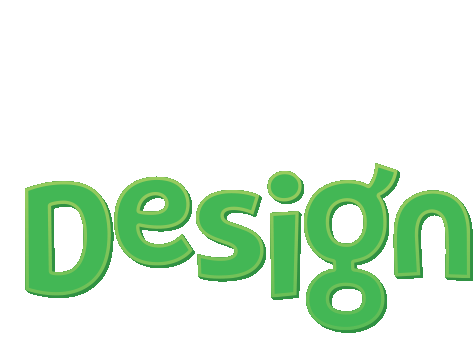
Steps to a successful email newsletter design
| Step | Description |
|---|---|
| 1. Analysis | An examination of the current design and its shortcomings. |
| 2. Plan | Defining key elements and style . |
| 3. Design | Creating prototypes, working with fonts and colors. |
| 4. Testing | Sending and analyzing open rates and click-through rate. |
| 5. Optimization | Making changes and improvements to based on reviews. |
Every step is important and the only way to succeed is to experiment and not be afraid to change approach.
How to create templates for email campaigns
When When creating an effective email newsletter design, I always keep one simple truth in mind: templates are what help maintain structure and integrity. When I first started my email marketing journey, I encountered terrible problems creating unique and compelling emails. I was constantly wasting time on each new newsletter and at some point I decided: it’s time to change something.

The template turned out to be the perfect solution! After I developed a universal master template, everything fell into place. It contained all the necessary blocks and elements such as images, text and buttons. I've used it for various types of emails: from announcements to educational newsletters. The master template, created by a team of designers and layout specialists, became the basis that significantly speeded up my processes.
Here are a few elements that I included in the template:
- ✔️ Company logo is an important element that speaks about your brand.
- ✔️ Menu with links - convenient for users, so they can instantly go to sections that interest them.
- ✔️ Call to action block (CTA) – where without it? I usually highlight the buttons with a contrasting color.
Don't forget about different types of templates for different purposes. Each of them is needed to achieve maximum effect. For example, I noticed that bright and straightforward templates work best for newsletters with promotions, while calmer and more structured ones work best for newsletters.
“Without a clear design, your emails will get lost in the noise.” - Guy Kawasaki, legendary marketer, one of the first employees of Apple Computer. During the company's early years, he was the chief information technology evangelist and was responsible for marketing the Macintosh computer in 1984.
Selecting colors for successful letters
When I remember my first steps in email marketing, I always think fondly of the moment when the idea of carefully thinking through the color scheme was born. I started with the main colors of the brand, but very quickly realized that this was not enough. Colors affect perception and I decided to combine bright accents with calmer shades.
For example, in one of my sales campaigns, I used bright red elements to highlight the “Buy Now” buttons against a soft blue background. The results exceeded all expectations: the open rate increased by 20%, although I was initially wary of the sharpness of the color.
To make sure my color scheme worked, I ran A/B tests. One of the interesting results: the black background on the mobile version did not look intrusive, but created a contrasting frame, improving the perception of content.
Design of blocks and letter elements
Once I thought about how to make my newsletters more informative and at the same time easy perceived. Having paralleled several successful examples, I came to the conclusion: we need to work on the structure of the blocks.

I now place the company logo and a simple menu in the header of each email. I struggled for a long time with the idea of how to properly format the text of an email and finally found it: using subheadings to highlight important information helps readers quickly find exactly what they are looking for. But it is important to remember: there is no ideal amount of text, because the volume always depends on the task you set.
A completely different story with images. I once suffered from using too large files that took a long time to load. The latest experiment with image optimization improved email open rates. Now the average image weight is about 200 KB, which significantly speeds up loading.
“The fundamental principle of design is functionality,” Neil Patel, entrepreneur and online marketing guru. Co-founder of Neil Patel Digital, creator of KISSmetrics, Quick Sprout, Crazy Egg and Hello Bar. The Wall Street Journal named Patel one of the most influential people on the Internet, and Forbes placed him among the top ten marketers.
Design Adaptation Tips
It's time to move on to responsive design. When I realized how important he was, everything fell into place. Once, after sending a newsletter without adaptation for mobile screens, I received a lot of negative feedback. Visual elements weren't displaying correctly and CTA buttons were too small to click.
The standard sizes I now stick to are 600 pixels for desktop and 320 pixels for mobile. This avoids display problems. I also started testing the responsiveness of each email before sending it to build confidence and peace of mind.
Interesting tidbit: I heard about the success of the dark theme. When I started taking into account how emails would look in dark mode, I was able to avoid many problems. For example, one day the logo turned out to be white on a black background without a transparent backing and this caused the collapse of our image in the eyes of clients. The lesson was learned.
I always tell the team: “Never forget about mobile users - they are your key to success.”
Steps to the ideal pattern
| Step | Action |
|---|---|
| 1. | Create a master template with key elements. |
| 2. | Conduct A/B testing of color schemes |
| 3. | Work out the structure: header, text, images. |
| 4. | Check the design for mobile devices . |
By following these steps, you can be successful in creating your newsletters.

Often asked questions on the topic: Email newsletter design
Why is email newsletter design important?
Email design influences brand perception, increases trust in the company and can significantly increase the level of interaction with recipients.
What are the main elements of email newsletter design?
Key elements include a headline, body text, images, a call to action (CTA) button, and social media links.
How to choose a color scheme for your email newsletter?
The choice of colors should be based on the company's branding and the psychology of color perception in order to evoke the desired emotions in recipients.
What is responsive design for email marketing?
Responsive design allows email newsletters to be displayed correctly on various devices, including mobile phones and tablets.
What recommendations exist for formatting letters?
It is recommended to use a simple and concise design, clear and readable fonts, and bright call-to-action buttons.
Do I need to prepare templates for email newsletters?
Yes, templates help maintain a consistent style and simplify the process of creating regular newsletters.
What problems does email design solve?
Design helps to attract attention, convey information, increase interaction and improve a company's image.
How important is email marketing design testing?
Testing can help identify potential display or functionality issues across different devices and email clients.
How to make email campaigns more personal?
Use the recipient's name in the subject and body of the email, and segment your audience for personalized content.
What are the best fonts to use for email campaigns?
It is best to use standard fonts such as Arial, Times New Roman or Verdana to avoid display issues.
Thank you for reading and for gaining experience! 🎉
The design of your email newsletter is not just a beautiful appearance, it is the soul of your brand. I remember that thanks to the impressive design of one of my newsletters, we increased our open rates by 40%! This happened when we started using vibrant images, clear typography and thoughtful accents. Now you're armed with the knowledge to make your communications with clients truly impactful. Let me know in the comments how you plan to use these tips! 💬
— Svetlana Sibiryak, independent expert at "Elbuz"
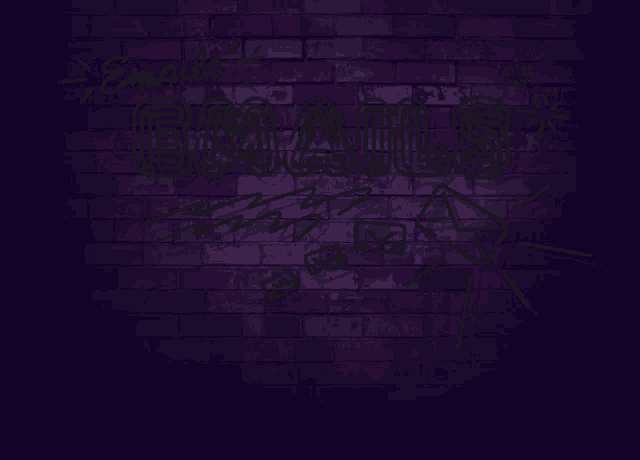
Article Target
Teach readers how to create effective email newsletter designs.
Target audience
Marketers, entrepreneurs, small business owners, designers.
Hashtags
Save a link to this article
Svetlana Sibiryak
Copywriter ElbuzThe magic of words in the symphony of online store automation. Join my guiding text course into the world of effective online business!
Discussion of the topic – Email newsletter design
Description of why email newsletter design is important and how it affects brand perception.
Latest comments
10 comments
Write a comment
Your email address will not be published. Required fields are checked *














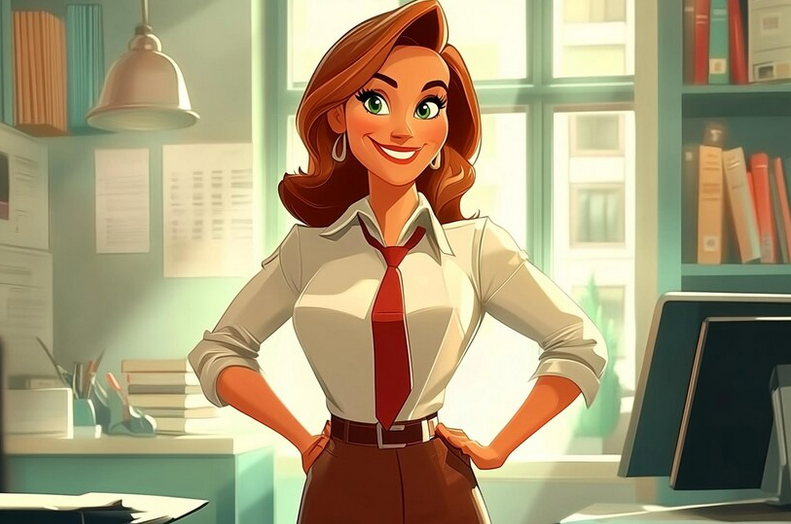


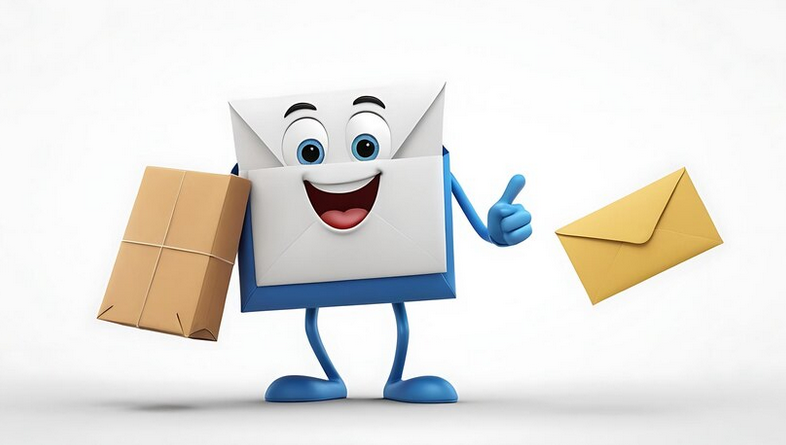

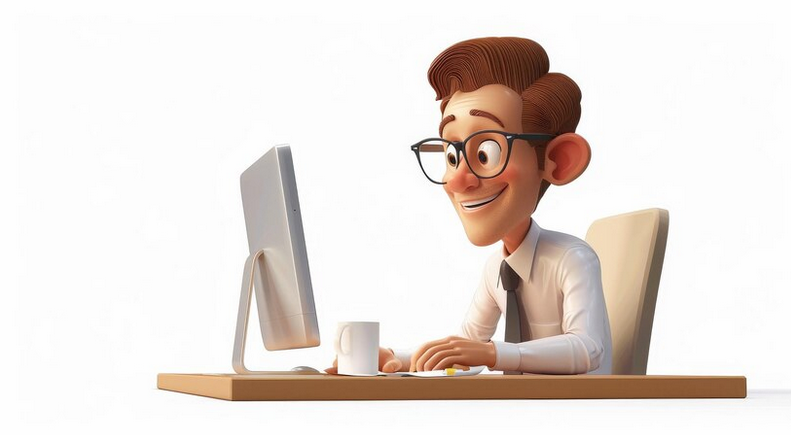
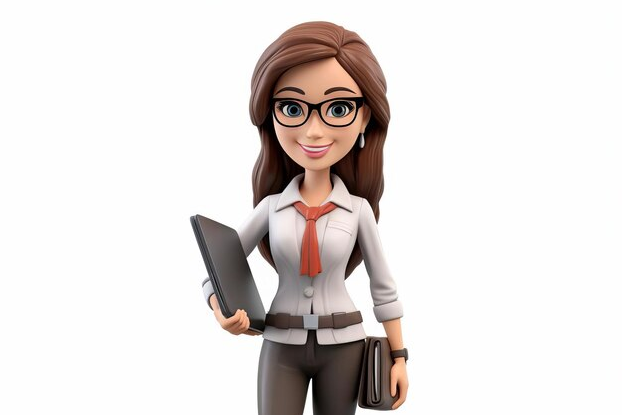
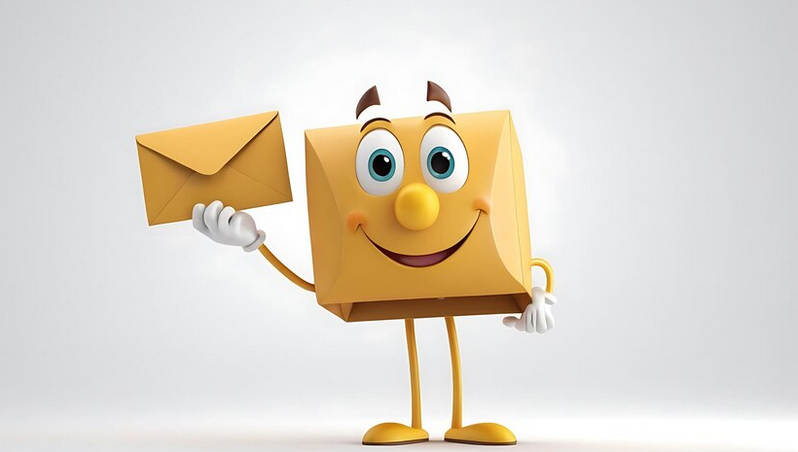
.png)

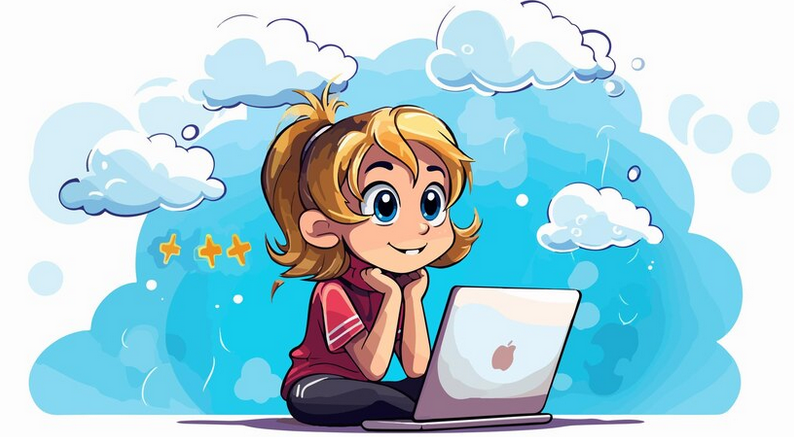

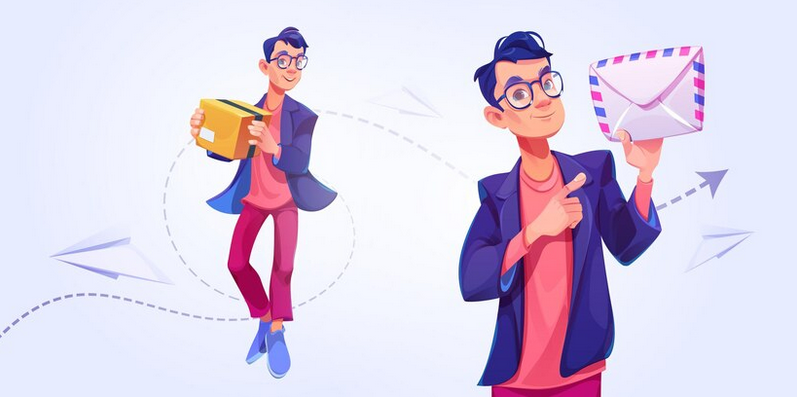
Светлана Сибиряк
Dear friends, great topic! Email design is truly critical to brand perception. Why? It creates a first impression and builds trust. What tools do you use to create your newsletters? Share your experience!
Oliver Schmidt
Svetlana, I support you! I use Canva to create spectacular templates. It's convenient and fast! How often do you think your newsletter design should be updated?
Anna Moreau
I agree with you, design is the key! I add animations to my emails. This increases CTR. Have you tried using animated graphics?
Pablo Garcia
Svetlana, I have a question! How do you feel about using bright colors? Some say it distracts from the point, but in practice it attracts attention.
Elena Nowak
Interesting opinions! I always use simple fonts and a lot of white space, it makes it easier to perceive information. If the text is overloaded, people will simply close the email.
Viktor Ivanov
Consider mobile devices! Most users open email on their phones. How do you optimize your templates for mobile?
Helga Müller
I love changing fonts and colors in my newsletters. This helps keep things interesting! How about testing different styles?
Thomas Black
I was thinking that many of the features you mention are quite controversial! Personally, I think simplicity is the key. All these innovations look funny and annoying.
Светлана Сибиряк
Thomas, interesting point of view! But sometimes you need to surprise your audience to keep their attention. Maybe we should find a balance between simplicity and creativity?
Julia Kowalski
I also agree! I love adding personal elements like greetings. This creates intimacy with the reader. How do you feel about email personalization?